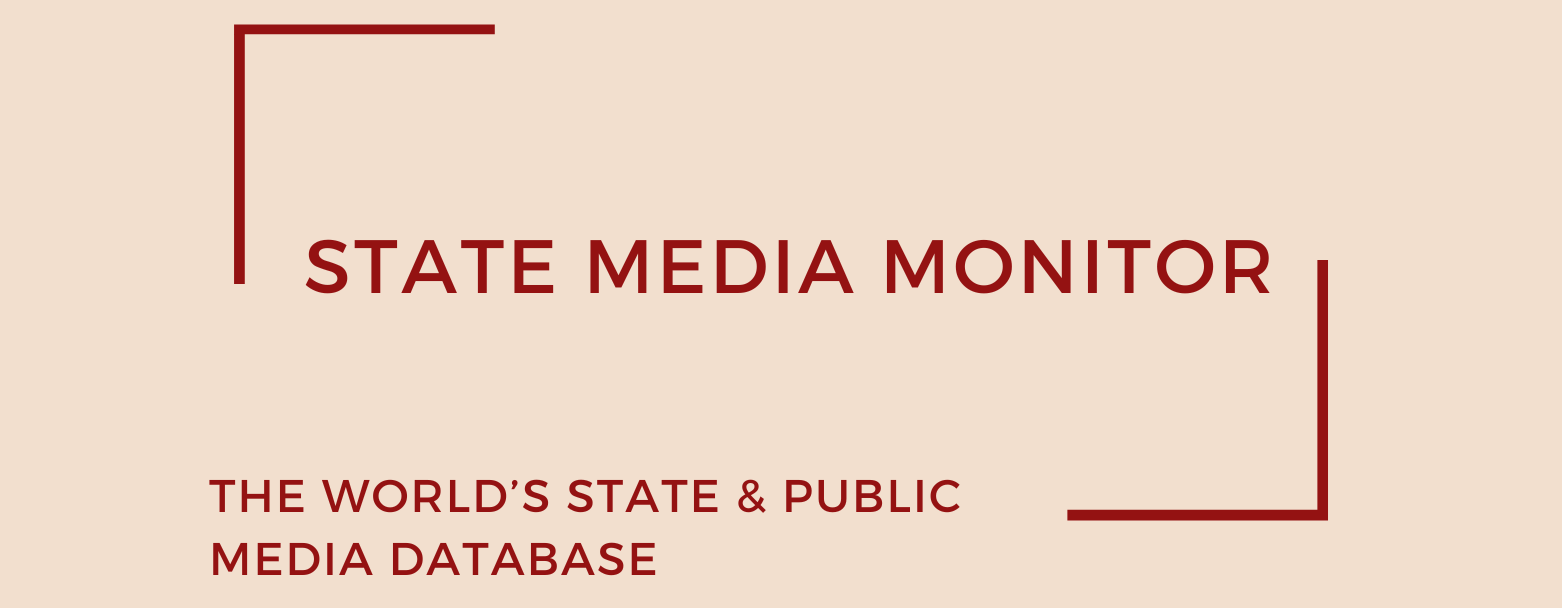State and Public Media in Asia in 2021
The government plays a disproportionately high role in the state media in Asia. Only 10% of a total of 127 state media institutions that were canvassed by our research in Asia enjoy editorial independence. In the case of the rest, the government exerts significant power, nearly three quarters of all the state media in Asia fitting the state-controlled media category in our matrix.
Asia features some of the closest and most controlled media systems in the world, with countries like China, North Korea, Laos, and Vietnam where the government controls almost all the media outlets in operation.
At the same time, China has taken an outsized role in influencing the media narratives elsewhere in various ways.
On the one hand, a number of Chinese state-owned media outlets have been consistently boosting their content for foreign audiences in recent years, often drawing the ire of various western governments unhappy about the spread of Chinese propaganda on their own soil. The American government, for example, has taken action in recent years against these media outlets, labeling them as “foreign missions”, which requires them to report their personnel and real estate properties to the State Department.
On the other hand, China has increased efforts to extend its control over various media outlets run in foreign countries in an attempt to either reach out to the Chinese communities in the diaspora or influence the local narratives, or both. The Chinese New Zealand Herald and Phoenix TV network are such examples. At the same time, the decline of media freedom in Hong Kong is to a large extent the result of the aggressive Hong Kong strategy of the Chinese government aimed in recent years at controlling dissent by any means.As in the case of Russia, the influence of the Chinese government in the media abroad is believed by experts to be much wider than the cases identified thus far. Through our research we have identified over 20 more media outlets in various countries where the Chinese government is believed to have editorial control. However, lacking sufficient evidence, we haven’t included these media outlets in this project’s database. (See State Media Monitor Methodology)
On the more positive side, some isolated examples of independent state media have been identified across the continent, including Radio Television Afghanistan (RTA), Kuensel Corporation in Bhutan, Antara news agency in Indonesia and the Thai Public Broadcasting Service (whose independence goes through ups and downs depending on the level of pressure from authorities).
Finally, the two countries with by far the most independent state media in the region are South Korea and Taiwan, homes to a raft of broadcasters and news agencies that enjoy editorial freedom and less to no government interference. Japan and Macao used to be on that list, yet government pressures in recent years have had a negative impact on the editorial performance of the public media in these two countries.
Citation (cite the article/profile as part of):
Dragomir, M. (2025). State Media Monitor Global Dataset 2025.
Media and Journalism Research Center (MJRC).
Zenodo.
https://doi.org/10.5281/zenodo.17219015
This article/profile is part of the State Media Monitor Global Dataset 2025, a continuously updated dataset published by the Media and Journalism Research Center (MJRC).
